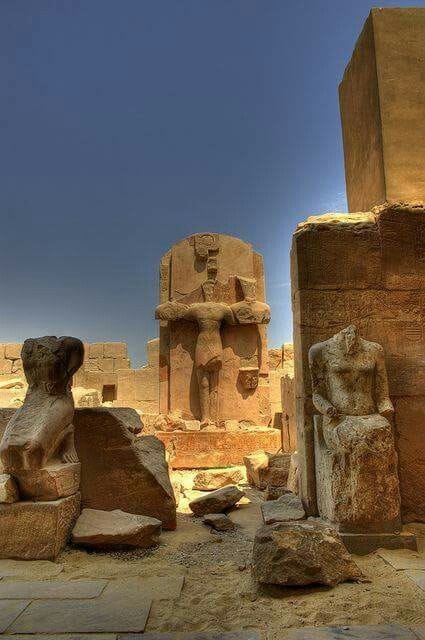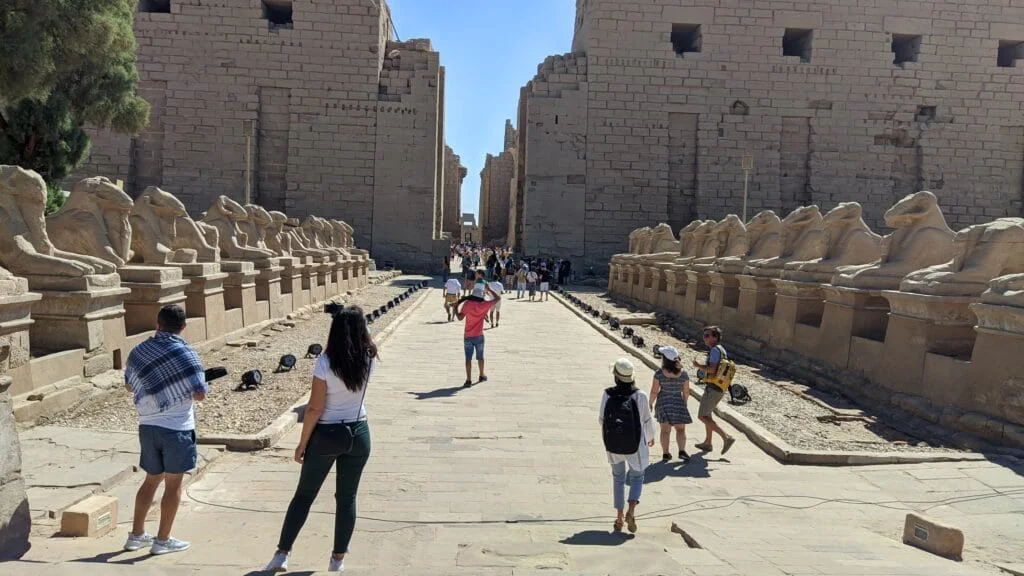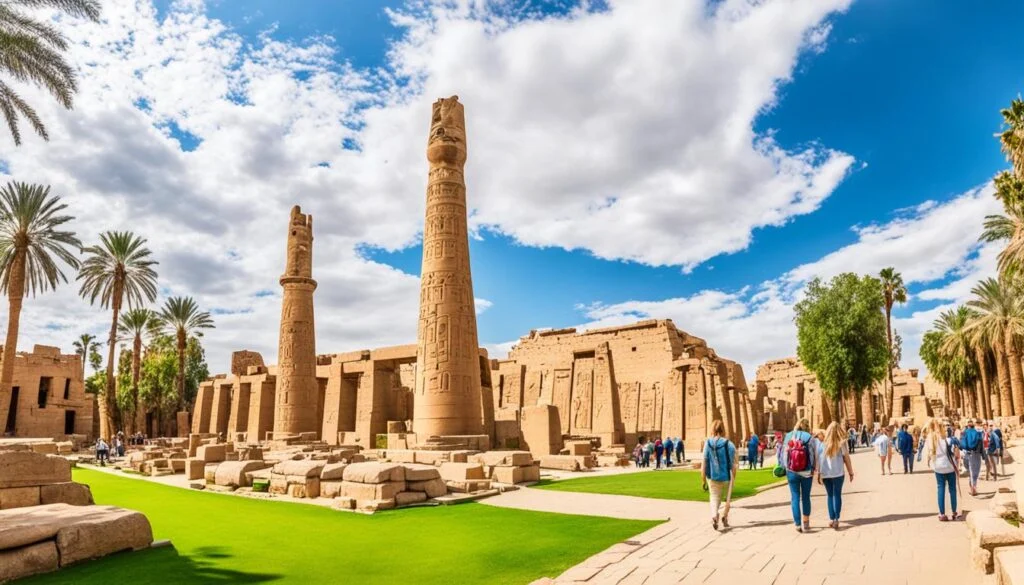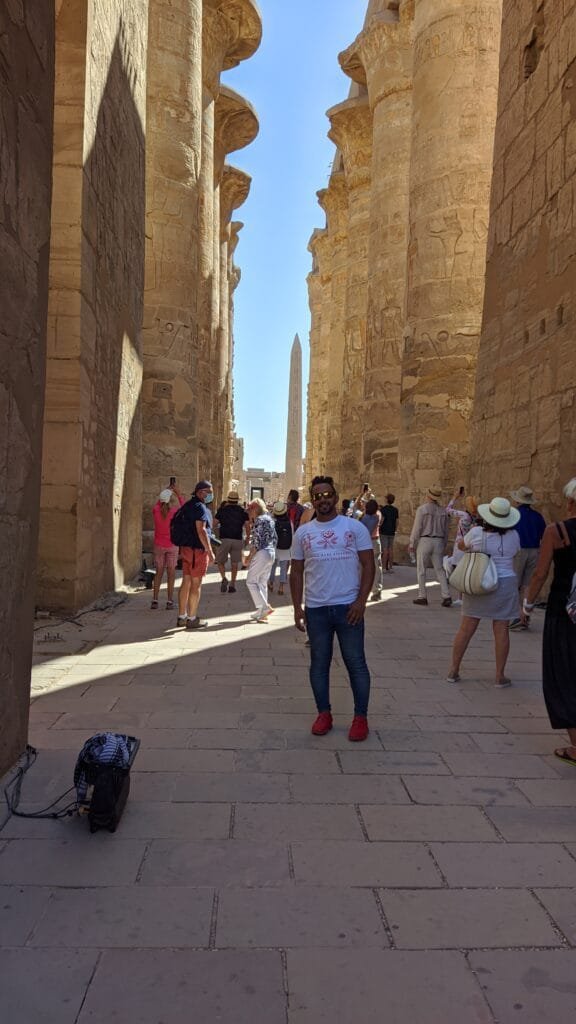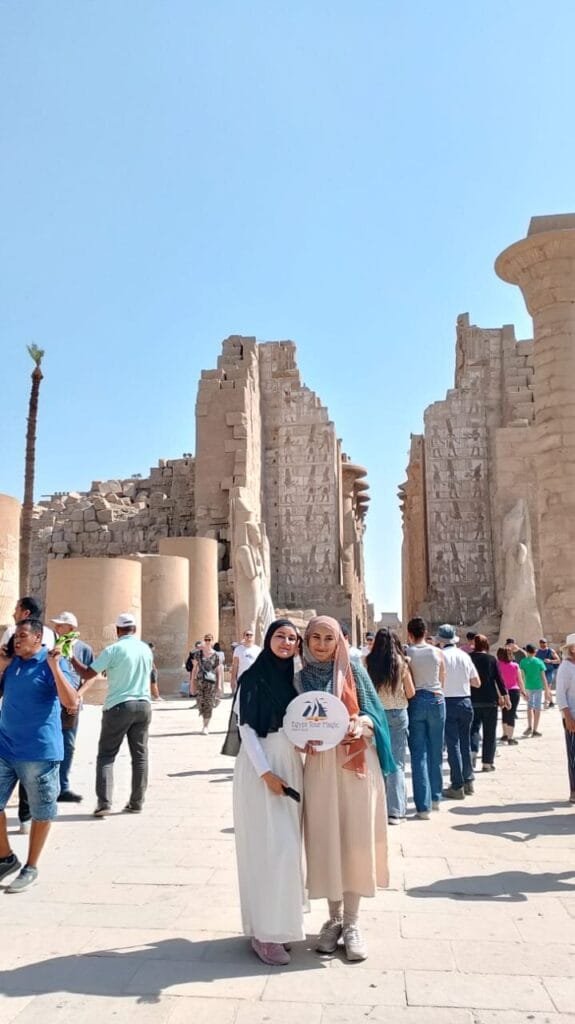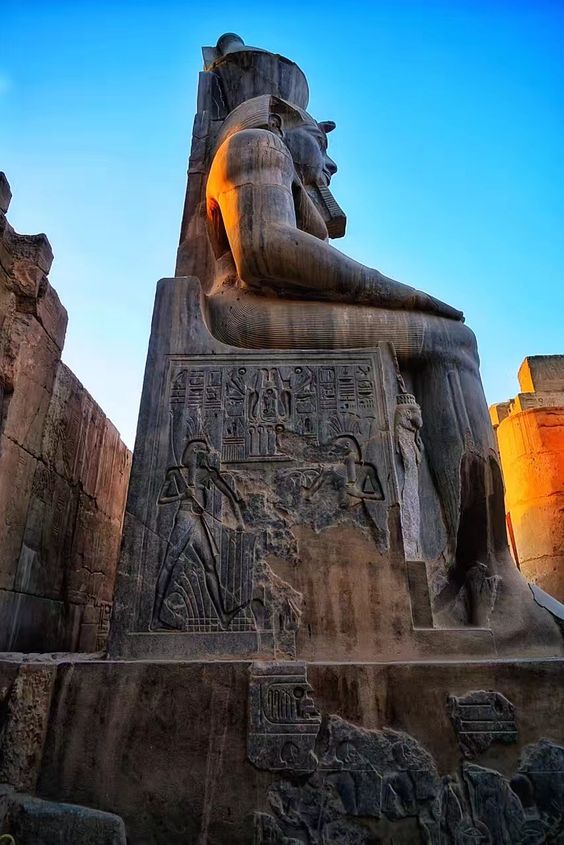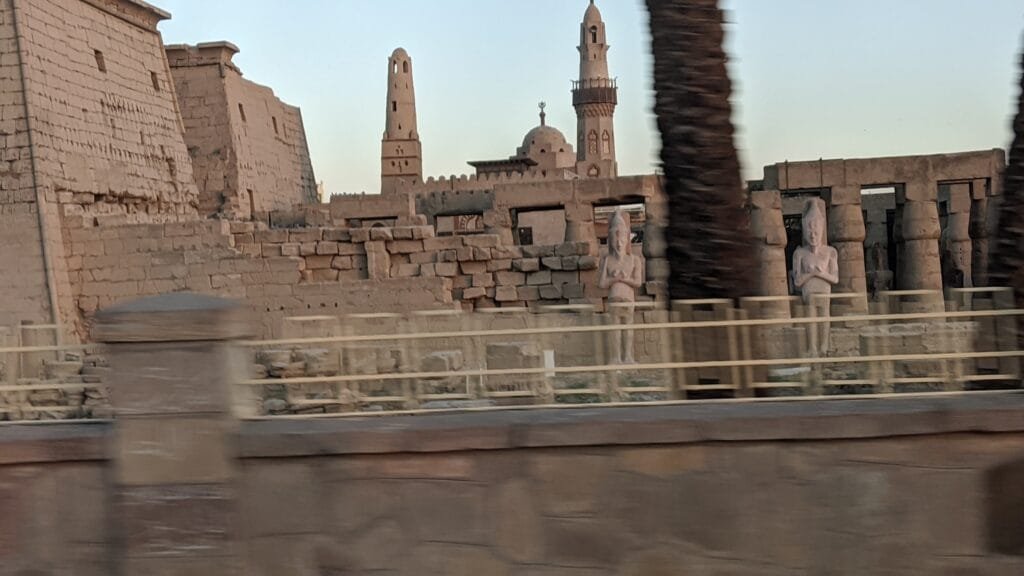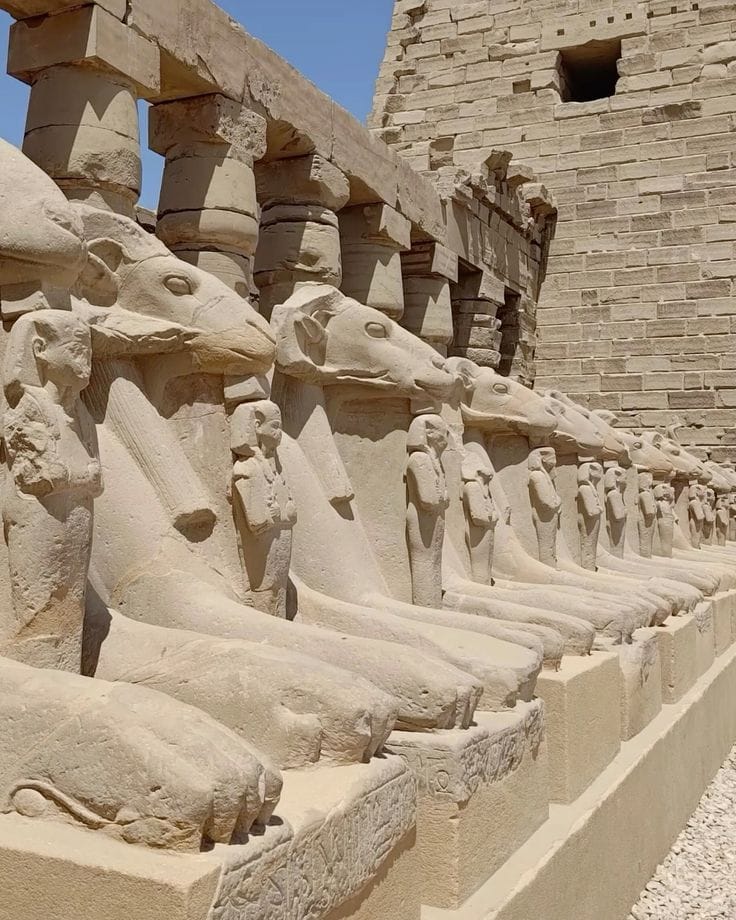Egypt, a land steeped in history and mystery, is home to some of the world’s most iconic and awe-inspiring archaeological treasures. Among its most revered sites are the Luxor Temple and the Karnak Temple Complex, two monumental structures that offer a glimpse into the grandeur of ancient Egyptian civilization. Located in the heart of modern-day Luxor, these temples were once part of the ancient city of Thebes, which served as Egypt’s capital during the New Kingdom. These temples, with their towering columns, intricate hieroglyphs, and expansive courtyards, are not just architectural marvels; they are cultural symbols of Egypt’s deep religious and political history.
The Luxor Temple, with its awe-inspiring beauty and historical significance, was primarily dedicated to the Theban Triad: Amun, Mut, and Khonsu. Over the centuries, it has witnessed countless religious ceremonies, royal processions, and significant historical events. On the other hand, Karnak Temple—the largest religious complex in Egypt—was devoted to Amun–Ra, the king of the gods. Its scale and magnificence make it one of the most important sites for understanding ancient Egyptian religious practices and architecture.
Both temples are not just places of worship but were once the focal points of Egypt’s political and cultural life. Today, they continue to captivate visitors with their immense size, historical richness, and the vivid stories etched into their walls. Whether you’re a history enthusiast, an archaeology lover, or simply someone in search of adventure, a visit to Luxor and Karnak is a journey into the heart of ancient Egypt, where the gods and pharaohs once walked and left behind a legacy that still resonates today.



